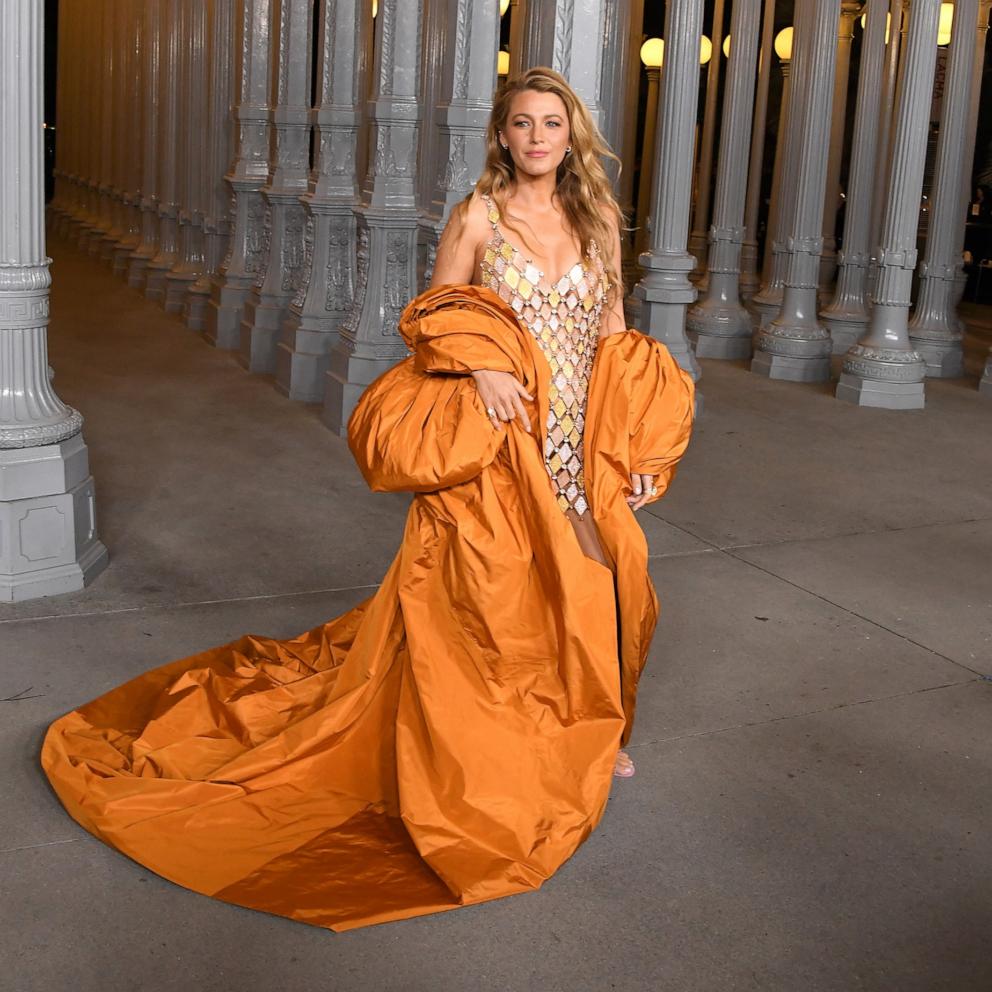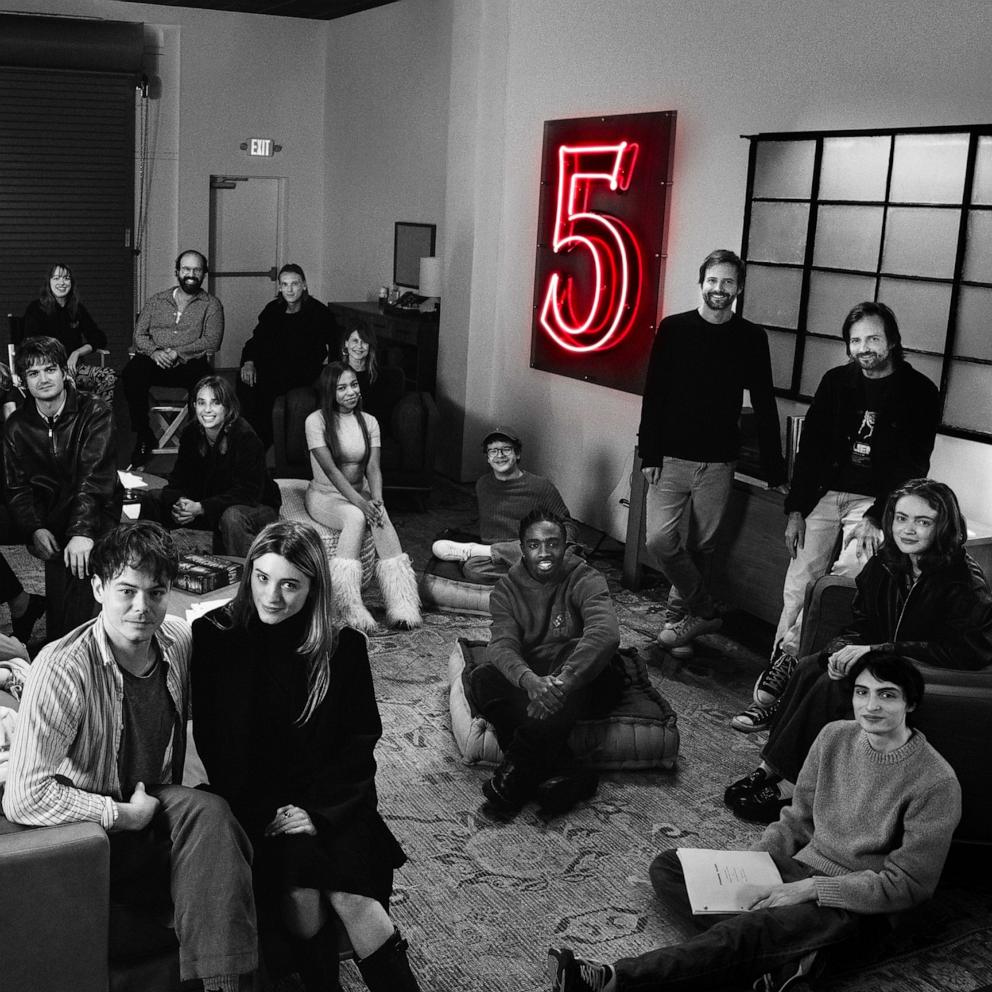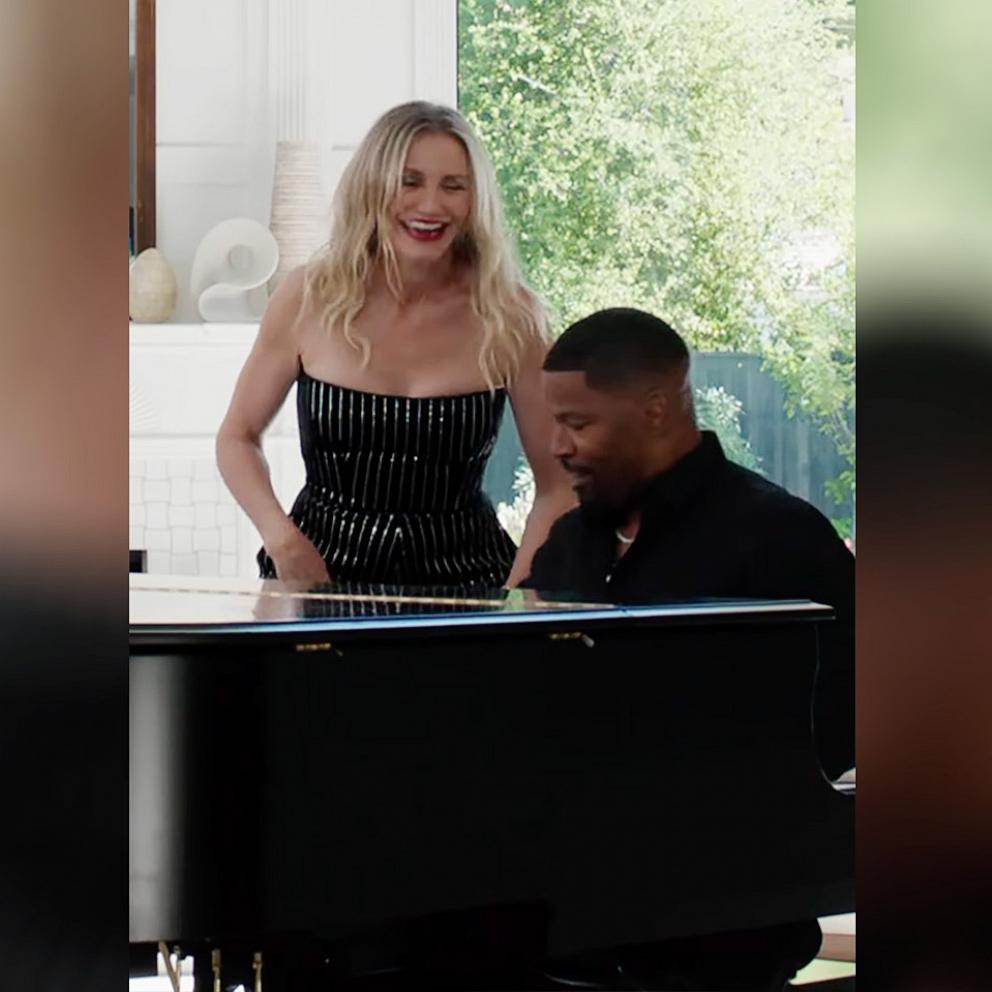Review: Andrew Scott brings the chills in slow burn 'Ripley'

I've been putting off writing about "Ripley," the enthralling if not exasperating new series that's been generating hot debate. Oscar-winning writer-director Steven Zaillian (he wrote "Schindler's List") takes his time pulling you into the tale of Tom Ripley (Andrew Scott), the con artist who steals the identity of Dickie Greenleaf (Johnny Flynn), the trust-fund baby he later murders.
Sound familiar? That's the problem. The culprit is 1999's "The Talented Mr. Ripley," the best known of the five films based on Patricia Highsmith's 1955 novel of the same name.
Shot in Italy in glorious color and starring Matt Damon, Jude Law and Gwyneth Paltrow oozing youth and sexuality, Anthony Minghella's film had a livewire vibe that kept audiences in thrall.
"Ripley," also filmed in Italy but shot in the artful, black-and-white glare provided by master cinematographer Robert Elswit ("There Will Be Blood"), is a far more sinister affair. And Scott, charming as the "hot priest" in "Fleabag" and heartbreakingly lost in "All of Us Strangers," lets a chill invade his performance that holds Ripley at an emotional remove.

In short, this new "Ripley" is a slow burn that turns a two-hour movie into an eight-hour series, not to pad out a story but to invest it with a resonant power all its own. It comes close to achieving that goal even when the plodding pacing of the early episodes tries your patience.

Having moved up the book's time period from the 1950s to the 1960s, Zaillian starts the show with Ripley living in squalor in Manhattan doing forgeries and identity thefts. He's strictly minor league until wealthy businessman Herbert Greenleaf ("Manchester By the Sea" creator Kenneth Lonergan underplaying beautifully) hires Ripley to track down his son Dickie in Italy.
The goal is to persuade sonny boy to come home. But one look at the lush life that Dickie is living on the Amalfi coast with girlfriend Marge Sherwood (Dakota Fanning) and it's love at first sight for Ripley. Not necessarily for Dickie, though a sexual attraction is implied, but to be him.

Marge's resentment grows as Ripley worms his way into her life with Dickie. She knows Dickie is supremely untalented as a wannabe artist and sees through Ripley's flattery of his nonexistent skills. What is real is Ripley's obsession with Italian artist Caravaggio, a convicted murderer who was constantly on the run from the law—shades of Ripley's future.
Equally suspicious is Freddie Miles, a school chum of Dickie's, played to the obnoxious hilt in the 1999 film by the late, great Philip Seymour Hoffman. Here, the role is undertaken with sly, quiet conviction by the terrific Eliot Sumner.

Without going into spoiler details, Dickie and Freddie will both become victims of Ripley's deadly scheme to pass himself off as Dickie. Traveling through Naples, Rome and Venice, Ripley is stalked by Inspector Pietro Ravini (a sensationally canny Maurizio Lombardi) whose cat-and-mouse game with Ripley energizes the last episodes with vise-tightening suspense.
Equally as vigilant as the Inspector is Marge, a cards-to-the-vest character that Fanning plays with just the right notes of grit and guile. Still, in a series that prides itself in denying empathy to any of its characters, the shape-shifting Ripley takes the cake for most inhuman humans.
And that's the frustration of "Ripley."
For all its magnificent surfaces and mesmerizing writing, directing, and acting, this portrait of evil rotting in the sun feels cold to the touch, detaching us when it needs to draw us close.
What's the good of danger when you can't feel its heat?







